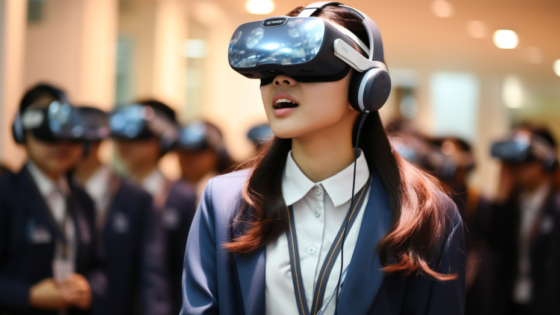Back to: Virtual Reality Technologies 101
01.4. Advantages and disadvantages of VR headsets
Virtual reality (VR) headsets offer a range of advantages and disadvantages, depending on the user’s needs and preferences. Here are some of the key advantages and disadvantages of VR headsets:
Advantages:
- Immersive experience: VR headsets can create a highly immersive experience that allows users to feel like they are in a different environment or interacting with virtual objects in a more realistic way.
- Accessibility: VR headsets can be used by people with disabilities or limitations that prevent them from engaging with traditional media, such as reading or watching TV.
- Training and education: VR headsets can be used for training and education purposes, allowing users to practice skills or learn about new subjects in a safe and controlled environment.
- Entertainment: VR headsets can provide a new and innovative form of entertainment, allowing users to experience games, movies, and other content in a more immersive and interactive way.
Disadvantages:
- Cost: VR headsets can be expensive, particularly high-end models with advanced features and tracking technology.
- Motion sickness: Some users may experience motion sickness or discomfort when using VR headsets, particularly if they are not used to the experience or if the headset is not calibrated properly.
- Limited social interaction: VR headsets can limit social interaction, as users may be isolated from their surroundings and from other people using the headset.
- Technology limitations: VR headsets are still relatively new and have limitations in terms of technology, such as limited tracking accuracy and limited battery life.
Overall, VR headsets offer a range of advantages and disadvantages, and the suitability of the technology will depend on the user’s needs and preferences.


























